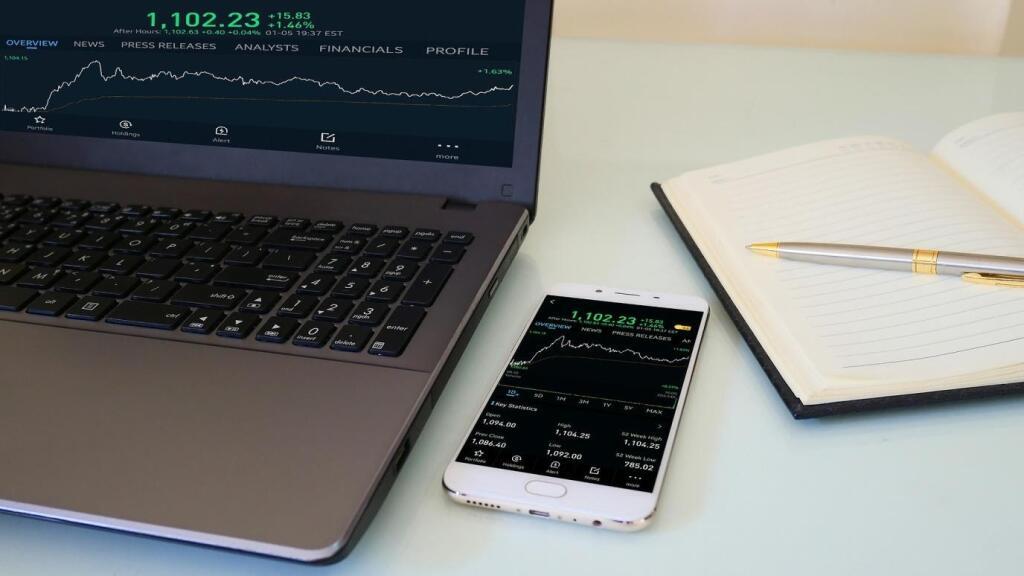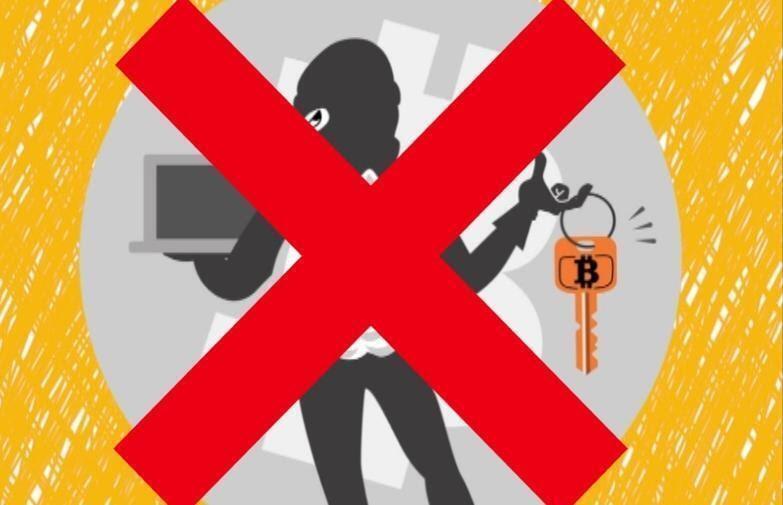Contents
These are the highest points the exchange rate has been at in the last 30 and 90-day periods. The 500 yen coin is the largest of all of the Japanese coins. This gold-colored coin is equivalent to about $3.30 USD, so try not to lose it!

Since the previous rin and sen coins were of little value, the new yen coins and banknotes came into use and continue to circulate today. No true exchange rate existed for the yen between December 7, 1941, and April 25, 1949; wartime inflation reduced the yen to a fraction of its prewar value. In the 19th century, Japan started a new era by adopting a modernization policy. Part of this was also the establishment of a new currency known as the Yen. In 1871, the Meiji government decided to introduce a common unit of exchange which was designed based on the European Decimal Monetary System. In 1882, the Bank of Japan was created which had a monopoly on the control of the money supply.
12.5% nickel)Reeded helicallyPaulownia, state title, valueBamboo, Mandarin orange, Value, year of minting2021These images are to scale at 2.5 pixels per millimetre. In 1982, the first cupronickel 500 yen coin was introduced. Alongside with the 5 Swiss franc coin, the 500 yen coin is one of the highest-valued coin to be used regularly in the world, with value of US$4.5 as Automated Trading Software of October 2017. Because of its high face value, the 500 yen coin has been a favorite target for counterfeiters, resulting in the issuance in 2000 of the second nickel-brass 500 yen coin with added security features. Continued counterfeiting of the latter resulted in the issuance in 2021 of the third bi-metallic 500 yen coin with more improvements in security features.
How the Japanese Yen Works
On April 4, 2013, the Bank of Japan announced that they would expand their asset purchase program by $1.4 trillion in two years. The Bank of Japan hopes to bring Japan from deflation to inflation, aiming for 2% inflation. The number of purchases is so large that it is expected to double the money supply, but this move has sparked concerns that the authorities in Japan are deliberately devaluing the yen to boost exports. However, the commercial sector in Japan worried that the devaluation would trigger an increase in import prices, especially for energy and raw materials. Despite intervention, market pressures caused the yen to continue climbing in value, peaking temporarily at an average of ¥271 per US$ in 1973, before the impact of the 1973 oil crisis was felt.
The percental composition of currencies of official foreign exchange reserves from 1995 to 2021. Series E banknotes were introduced in 2004 in ¥1000, ¥5000, and ¥10,000 denominations. The EURion constellation pattern is present in the designs. Finance officials from major nations signed an agreement affirming that the dollar was overvalued .

The coin received its moniker because yen means « a round object. » In 2021, the pound sterling was ranked the fifth-strongest currency in the world and the fourth most-traded currency. However, some countries have their own currency referred to as the « pound » — e.g., the Egyptian pound and the Nigerian pound, both with the same £ symbol and IT Help Desk Technician job description template a country-specific designation, like E£ or £N. There are mainly three types of notes that are available for the Yen. On the other side, there are five coins that represent 100, 50, 10, 5, and 1 yen denominations. To find out how to work with currency symbols in your documents, scroll down to the How To Work With Currency Symbols section.
EXCHANGING CURRENCY
Japanese exports were costing too little in international markets, and imports from abroad were costing the Japanese too much. This undervaluation was reflected in the current account balance, which had risen from the deficits of the early 1960s, to a then-large surplus of US$5.8 billion in 1971. The belief that the yen, and several other major currencies, were undervalued motivated the United States’ actions in 1971. The modern rupee came into existence in 1540, when sultan Sher Shah Suri created a silver coin named the rupiya, after the Sanskrit word rupyakam, which means a silver coin.
It can also help you lookup Unicode codes for entering symbols with keyboard. Character Palette allows you to view and use all characters and symbols, including yrn/yuan, available in all fonts (some examples of fonts are « Arial », « Times New Roman », « Webdings ») installed on your computer. CharMap allows you to view and use all characters and symbols available in all fonts (some examples of fonts are « Arial », « Times New Roman », « Webdings ») installed on your computer.
USD – US Dollar
The yen was divided into 100 sen and into 1,000 rin until 1954, when these tiny denominations were removed from circulation. The name yen derives from an ancient term for Chinese round coins . The yen helped push Japan into economic revival after World War 2. Following the bombings of Hiroshima and Nagasaki, and the surrender of Japan to the Allied Forces in 1945, the country was in a state of economic, social, and political depression. The U.S. occupation of Japan (1945–1952) attempted to help Japan recover through revisions to its government, constitution, and policy.
- Domestic and international demand for Japanese products soon put the yen into an upward spiral, known as the post-war economic miracle, lasting until the late 1980s.
- On the other side, there are five coins that represent 100, 50, 10, 5, and 1 yen denominations.
- The economic bubble finally burst, and Japan went into recession in 1990, known as the Lost Decade.
- The yen figured in trades accounting for 16.8% of foreign currency trading turnover in a 2019 survey, compared with more than 88.3% for the dollar and 32.3% for the euro.
For the year 2000, a 2,000 yen banknote was printed to help celebrate the new millennia. Although Japan has been in stages of recession since 1990, the Japanese yen remains relatively stable. Japan has the third highest GDP in the world, after the U.S. and China, and the yen is the third most traded currency in the world, after the American dollar and the Euro.
The BoJ has set a 2% inflation target for Japan following decades of economically damaging deflation. IBM’s Code page 437 used code point 9D for the ¥ and this encoding was also used by several other computer systems. The ¥ is assigned code point B2 in EBCDIC 500 and many other EBCDIC code pages. « Coalition sets up talks on yen’s redenomination. – Free Online Library ».
Excel display of Yen ¥
In the early Meiji era, James Curtis Hepburn, following Medhurst, spelled all « e »s as « ye » in his A Japanese and English dictionary ; in Japanese, e and i are slightly palatalized, somewhat as in Russian. That was the first full-scale Japanese-English/English-Japanese dictionary, which had a strong influence on Westerners in Japan and probably prompted the spelling « yen ». Hepburn revised most « ye »s to « e » in the 3rd edition to mirror the contemporary pronunciation, except « yen ».
This capital flow increased the supply of yen in foreign-exchange markets, as Japanese investors changed their yen for other currencies to invest overseas. This kept the yen weak relative to the dollar and fostered the rapid rise in the Japanese trade surplus that took place in the 1980s. Japan’s dukascopy bank sa review currency was in the tank after its devastating losses during World War II. But its economy subsequently revived, and today the yen is the third most-traded currency after the U.S. dollar and the euro. Most establishments in Japan will only accept yen, which comes in both coins and bank notes.
Currencies are traded as pairs in the forex market, and the U.S. The Japanese yen is commonly abbreviated JPY or can be represented by the symbol ¥. The 1,000 yen bill is bluish in color and decorated with Mount Fuji and cherry blossoms. The hole in the 5 yen coin is to save on the cost of the brass made to use it. The hole in the 50 yen coin helps distinguish it from the 100 yen coin, which is the same color.
Other factors include the strength of the US economy and its labor market, while Japan continues to lag behind its peers to bring its economy back to its pre-pandemic size. Japan’s trade balance staying in the red is also likely feeding into the weaker yen. On April 9, 2019, Finance Minister Tarō Asō announced new designs for Series F banknotes ¥1000, ¥5000, and ¥10,000 notes, for use beginning in 2024.
The economic bubble finally burst, and Japan went into recession in 1990, known as the Lost Decade. Most Japanese economists believe that, even in the 21st century, the Japanese economy never quite recovered, although compared to other world currencies, the Japanese yen remains relatively strong and stable. Its GDP currently stands at third in the world, trailing only the U.S. and China. 100 best forex trading books for beginners yen is roughly equal to $1 U.S.; 1,000 yen is approximately $10 U.S.; 10,000 yen is roughly around $100 U.S. There have been times in the past few decades where one Japanese yen was worth more than the American cent, and times when one American cent was worth more than one Japanese yen. During the height of the Japanese bubble economy in the 1970s and 1980s, the yen became over-inflated.
Coins
The coin is made of a bi-metallic combination of nickel, brass, and zinc. The front side shows an easily-legible number 500 and the reverse side shows a picture of a kind of Paulownia tree, which are present in many Asian countries. Japan allows free movement of capital, which means that money can come in and out of the country for purposes of investment in real estate, businesses, or trade. As money is flowing in and out of the country, the Japanese yen will fluctuate daily with other currencies.
